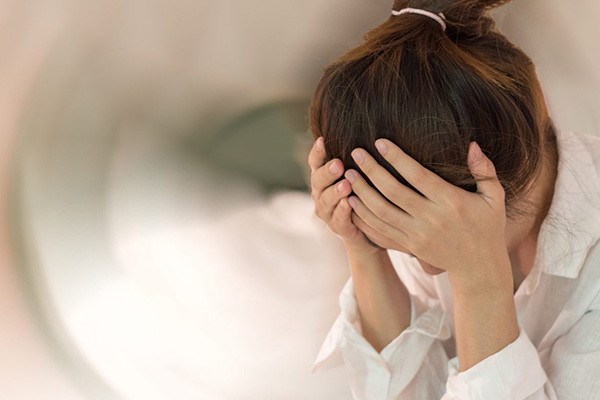Carbon monoxide risks and prevention
In a previous article, we explained what is carbon monoxide, the possible sources from which it is released and the resulting dangers. In this post, we will thus focus on certain prevention measures and health risks.
Prevention is better than cure
This is an obvious yet nonetheless fundamental concept, especially in the case of carbon monoxide. Due to being odourless, colourless, tasteless and non-irritating, it is impossible to detect the presence of CO in the environment, hence why it is essential to take all precautions to minimise the risks. Even if our unit is to standard, distractions or unsuitable conduct can always happen. So here are some tips:
- Subject heating systems to regular maintenance by qualified personnel;
- Do not ignite cars, motorcycles or other motors inside enclosed spaces such as the garage;
- Never use cooking systems designed for outdoors, such as camping cookers or barbecues, in enclosed spaces;
- Ventilate the premises often when using stoves or fireplaces;
- Use carbon monoxide detectors.
The effects of carbon monoxide on health
Just what are the health risks of inhaling CO? For humans, the danger of this gas lies in its ability to bind to haemoglobin and form a molecule – carboxyhaemoglobin – that is around 200-300 times more stable than that formed by haemoglobin and oxygen.
A high concentration of CO in the body thus results in a decrease in oxygen transport. Consequentially, the longer you are exposed to carbon monoxide, the worse the disturbances caused by intoxication. These include headache, confusion, disorientation, dizziness, impaired vision and nausea.
Particularly high concentrations can cause coma and even death from asphyxia.

What to do in case of CO intoxication
In the event of carbon monoxide intoxication, it is essential to promptly seek emergency medical intervention, air out the environment and immediately turn off any combustion device in operation so as try to eradicate the source of CO. If this is not possible, it is important to leave the area and subsequently call a specialist technician to detect what generated the carbon monoxide.